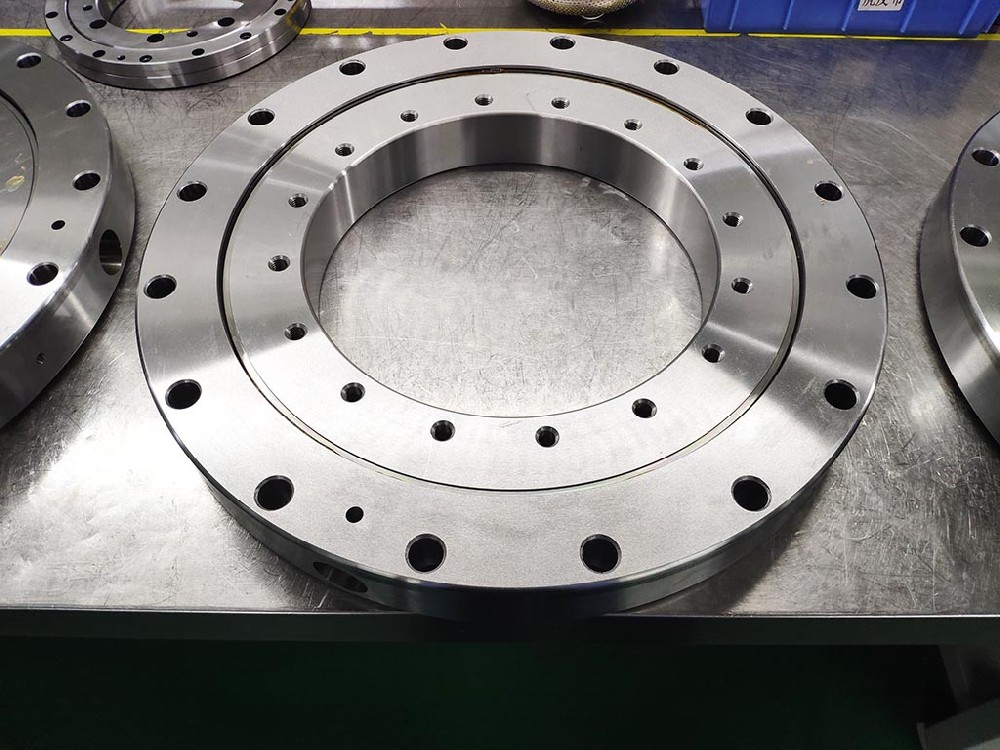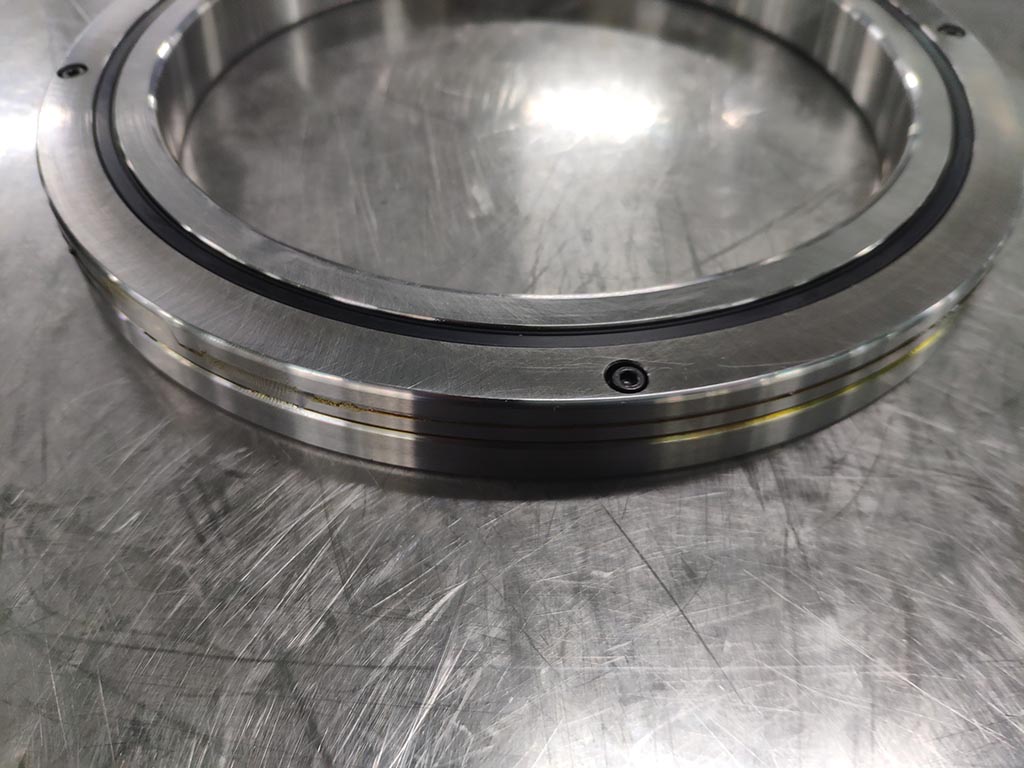The installation and adjustment of low-noise bearings can also follow the grouping method of long-life bearings, so that the size of the fit interference is relatively consistent, and the clearance of the bearings is also relatively consistent, and it is hoped that the fit interference can take a smaller value within the possible range to ensure The deformation of the bearing raceway is small, so the noise caused by the passing of the rolling elements becomes small.
The relationship between the clearance and the noise is very great. The ideal state is that when the bearing is in the highest temperature state of operation, the clearance value is just zero. The methods for judging the excessive clearance are as follows: the shaft is displaced axially in a static state, and its reciprocating range is relatively large, and it emits loud and heavy noise during operation.
If there is an annoying sharp whistling sound during operation, it means that the preload of the bearing is too large, and the bearing has a large pre-interference, and the preload should be slightly relaxed. If the clearance is too large, the two bearing rings can be slightly offset relative to each other in the axial direction: it not only reduces the clearance, but also increases the axial rigidity, which can reduce the bearing noise.
When the rolling element enters the no-load area, it will slip or move left and right, which will increase noise and cause wear, but small clearance and large axial stiffness can eliminate this phenomenon. However, the clearance should not be too small, so as not to cause excessive temperature and shorten life.



